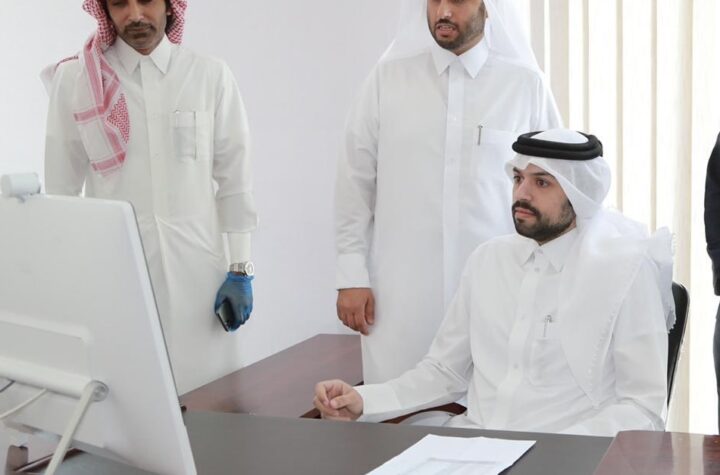
By Farzad Vajihi – Analyst of stock market and cryptocurrency, Ph.D. in economics.
The launch of the Ethereum Merge upgrade has already been declared by some crypto media as the most important event in blockchain history. Although it was definitely not as influential as the creation of Bitcoin, the Merge is definitely the most significant update applied to a running blockchain. However, despite the fact that the launch of the Merge happened without any problems, the history of Ethereum’s move towards Proof-of-Stake was long and complicated. In this article, we’ll take a closer look at what has led to the Merge, and how exactly was this major breakthrough in Ethereum’s history achieved.
Why Was Making the Merge So Complicated?
The first thing to note about the Merge is how incredibly complicated developing the upgrade was. Creating a Proof-of-Stake cryptocurrency is one thing – any team of blockchain developers could do it. However, switching an existing blockchain network from a Proof-of-Work to Proof-of-Stake, all while the network is up and running, is a completely different thing. Some experts have compared it to switching the jet engine of an airplane, while the airplane is flying.
Before the Merge, nothing of a similar scale has ever been done. Aside from technological issues, it’s worth remembering that Ethereum is the second largest cryptocurrency in the world, with a total capitalization of over $190 billion. Incredible amount of funds was at stake, which is why the Ethereum Foundation didn’t take any chances, why everything was meticulously planned up to a tiniest detail, and why the launch of the Merge was postponed so many times.
The Merge was first announced by Vitalik Buterin in 2020. Although the decision was considered quite controversial at the time, it was not really that surprising. For many years, Buterin has spoken positively about the Proof-of-Stake model, so for many people the decision to move Ethereum to the PoS consensus mechanism was only a matter of time.
In fact, even in the Ethereum white paper published in 2014, Buterin has already said that ETH might move towards Proof-of-Stake in the future. At the time, Ethereum’s founder decided to use Proof-of-Work because it was considered much more reliable, since Proof-of-Stake was a new concept that was not sufficiently tested in practice.
Originally, the founder of Ethereum has optimistically declared that Ethereum will be able to move to Proof-of-Stake before the end of 2020. This declaration was immediately ridiculed by many prominent members of the Ethereum community, who claimed that switching from Proof-of-Work to Proof-of-Stake by the end of 2020 is an unrealistic goal. It turned out that the critics were right, and that Ethereum investors would have to wait for the Merge for over two years.
Depending on the sources, the release of the Merge hard fork has been postponed 6 or 7 times in total. In fact, some people started to believe that switch to Proof-of-Stake will never happen. For example, Ethereum mining companies were not convinced that the Merge will be released any time soon, and they kept investing in ETH mining hardware until 2022.
In January 2022, Buterin has yet again announced a new release date of the Merge. Ethereum’s founder has declared that Ethereum will move to the Proof-of-Stake mechanism by the end of the year. However, some people still didn’t believe him – one of the Ethereum core engineers has even commented that there’s a 10% possibility that the Merge will not be complete in 2022.
Before the launch, the Merge had to go through extensive tests. The final stage of testing began in March 2022, but the tests have reportedly revealed various bugs, so it was still not clear whether Vitalik Buterin’s promise would turn out to be true this time.
However, as we all know now, the skeptics were proven wrong. On September 15th, the Merge upgrade was applied to the Ethereum mainnet. Everything went smoothly and without any problems, and the Ethereum energy consumption was immediately reduced by 99.99%.
When we realize how complicated releasing the Merge was from a technological standpoint, it becomes clear why the work on the upgrade took so long, and why the switch from Proof-of-Work to Proof-of-Stake was postponed so many times. Now, a pioneering breakthrough has been made, and projects that decide to move from PoW to PoS in the future will be able to walk the path paved by Ethereum.





More Stories
“It’s All About Value” – Inside the Bailie Hotel’s Unbeatable Rates
We Found the Perfect Cure for the January Slump_ A Hilarious Hotel!
Uncover the Mysteries: Detective Pack’s New Jack the Ripper Tour Debuts in London’s Whitechapel